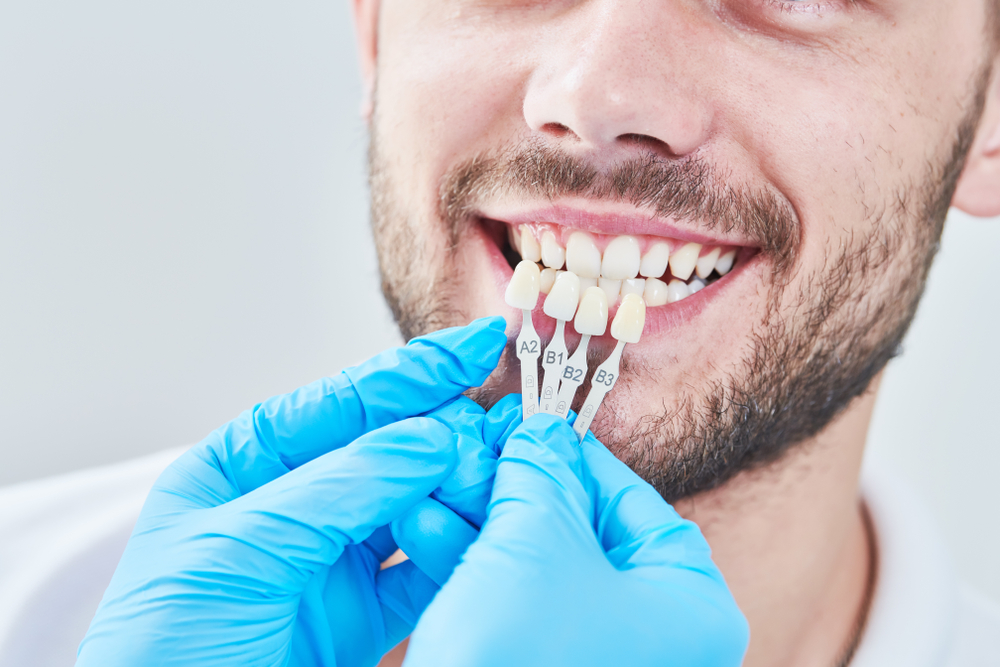Missing teeth can significantly impact daily living, from altering a person’s visual appeal to hindering their speech and eating capabilities. Thankfully, the realm of modern dentistry provides an array of effective and visually appealing solutions for tooth replacement. In this article, we delve into the cutting-edge methods and technologies employed in the field of dentistry to help people restore their smiles and regain dental function.

Why It’s Important to Replace Missing Teeth
Teeth might be lost due to various factors including decay, gum disease, injury, or they could be missing from birth. The absence of teeth leads to multiple dental and health issues such as the movement of adjacent teeth, changes in bite, loss of jawbone, and even a transformed facial appearance. Hence, tooth replacement is essential not just to enhance one’s appearance but also to preserve oral hygiene and general health.
Modern Tooth Replacement Alternatives
For those seeking to replace lost teeth, there are several contemporary options, each presenting unique advantages:
- Dental Implants: Serving as the gold standard in tooth replacement, dental implants incorporate a titanium post that integrates with the jawbone, providing a sturdy base for a crown that replicates the look and function of a real tooth. These implants are celebrated for their longevity and natural-feel, making them a top selection for patients.
- Fixed Bridges: As a non-surgical alternative, fixed bridges attach to neighboring teeth to fill in gaps. This is a viable choice for patients averse to surgery, although it necessitates reshaping the supporting teeth to accommodate the bridge.
- Dentures: Available as either partial or complete sets, dentures are removable and a more budget-friendly option than implants or bridges. They may need more upkeep and could offer less comfort and stability.
- Implant-Supported Bridges and Dentures: For those missing numerous teeth, implant-supported bridges and dentures provide a more secure solution than traditional ones, combining the stability of implants with the economic benefits compared to getting an implant for every missing tooth.
Steps Involved in Tooth Replacement
Generally, the tooth replacement journey starts with a detailed assessment by a dental expert. This initial meeting involves a review of the patient’s dental health and jawbone viability as well as a discussion on their specific requirements. The particular tooth replacement method chosen will dictate the following procedures:
- For Dental Implants: This multi-phase surgery starts with placing the implant into the jaw, followed by a recovery period and the attachment of a personalized crown.
- For Bridges: Preparation of adjoining teeth is followed by taking impressions, which aid in crafting a tailor-made bridge that is then permanently fixed.
- For Dentures: Customized impressions are taken to fabricate the dentures, and several trials are usually needed to achieve the best fit and comfort.
Technological Breakthroughs in Tooth Restoration
The adoption of modern technology in dental procedures has enhanced both the patient experience and the success of treatments. Tools such as digital imaging and 3D printing, combined with CAD/CAM, ensure the precise crafting of replacement teeth. Innovations in material sciences contribute to prosthetics that are both stronger and more authentic in appearance.
Conclusion
The journey to regain a full set of teeth is now more attainable and successful than ever, courtesy of the progressive developments in dental health practices. From implants to bridges and dentures, there are a variety of choices available that not only meet cosmetic desires but also bring back the full function of one’s teeth. By engaging with dental professionals and evaluating the diverse options at hand, individuals are empowered to revitalize their smiles and enhance their dental health. The advancements in contemporary dentistry are changing lives, ensuring that every smile can indeed be a cause for joy.







